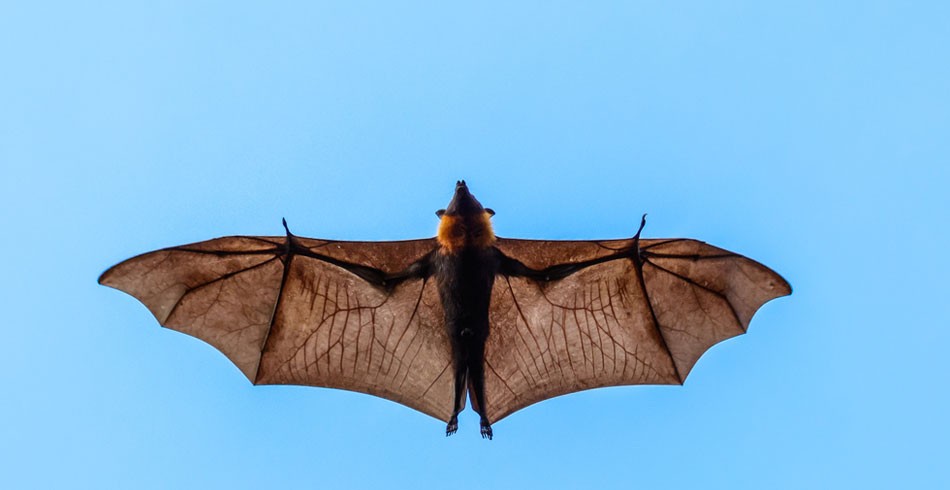The recent arrival and rapid expansion of the flying fox colony camped in the parklands between Adelaide Zoo and the Botanic Gardens in South Australia is causing increasing numbers of power outages.
Due to food supply pressure in their normal eastern-state habitats, the bats have grown from a colony of about 3000 in 2016 to one of about 20,000+ today.
In 2016, there were 13 power outages due to bats, in 2017 it was 26 and in 2018 there were 40 outages.
These flying foxes are likely to have a growing impact in terms of the number of power outages they cause and because they do not have specific flight paths (they go where the nectar and fruit is) and their impact is widespread across the network, making it difficult to undertake targeted defensive action.
Related article: AEMC releases draft rule to improve RERT mechanism
The bats, which have a wingspan of more than one metre, can cause a power outage when they make contact between power lines and pole top equipment, including insulators, transformers and switches, or when trapped by lightning arrestors.
SA Power Networks install animal guards and cover some overhead equipment in the rare instances where there are repeat interruptions caused by the animals at the same location.
However, more widespread mitigation across the network to reduce their impact on supply is likely to be cost prohibitive and a long-term undertaking.
Animals are involved in six to seven per cent of power outages in the distribution network, with birds responsible for two thirds (about four per cent) and bats and possums comprising about one per cent each. Rats, termites, snakes and lizards make up the small remaining percentage.
Related article: Ergon Energy restoring power in Townsville
Birds can cause outages in a number of ways including individually and collectively. For example, if a bird tries to land on lines and or a Stobie pole and contacts separate lines, they will create a short circuit and most likely be electrocuted. Birds can also get caught on equipment such as lightning arrestors (which are a device for protecting equipment from lightning strikes or power surges).
Large flocks of birds (such as corellas) may roost together on lines and when they take off collectively they will cause lines to swing and clash. In other cases, they get caught in lines. This has been the issue with recent outages at Mannum where corellas have got caught between lines near where they connect onto transformers.
SA Power Networks has commissioned a study by the University of Adelaide to help the company understand more about what the bats are doing and where it might get best value from outage-mitigation efforts.







